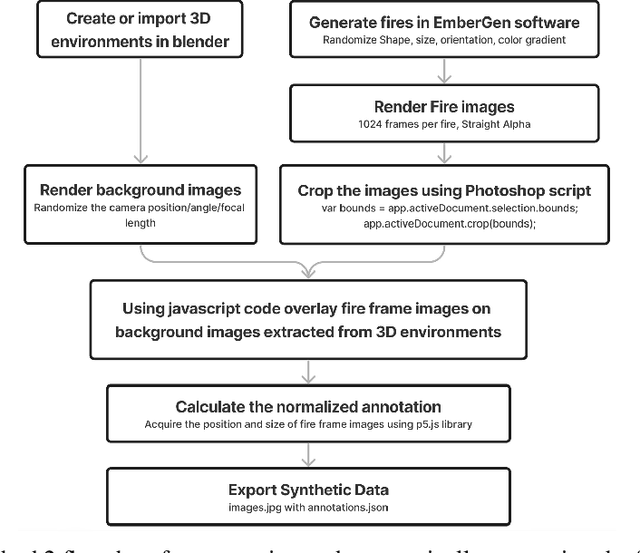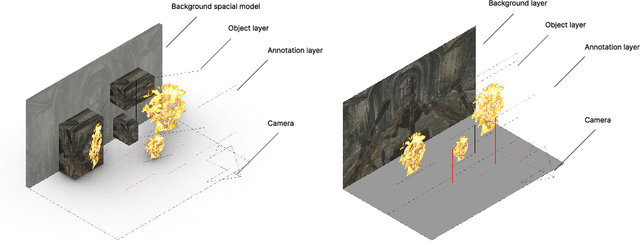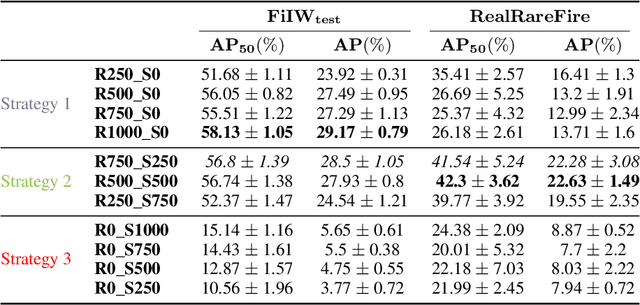Siavash H. Khajavi
RGB-Th-Bench: A Dense benchmark for Visual-Thermal Understanding of Vision Language Models
Mar 27, 2025Abstract:We introduce RGB-Th-Bench, the first benchmark designed to evaluate the ability of Vision-Language Models (VLMs) to comprehend RGB-Thermal image pairs. While VLMs have demonstrated remarkable progress in visual reasoning and multimodal understanding, their evaluation has been predominantly limited to RGB-based benchmarks, leaving a critical gap in assessing their capabilities in infrared vision tasks. Existing visible-infrared datasets are either task-specific or lack high-quality annotations necessary for rigorous model evaluation. To address these limitations, RGB-Th-Bench provides a comprehensive evaluation framework covering 14 distinct skill dimensions, with a total of 1,600+ expert-annotated Yes/No questions. The benchmark employs two accuracy metrics: a standard question-level accuracy and a stricter skill-level accuracy, which evaluates model robustness across multiple questions within each skill dimension. This design ensures a thorough assessment of model performance, including resilience to adversarial and hallucinated responses. We conduct extensive evaluations on 19 state-of-the-art VLMs, revealing significant performance gaps in RGB-Thermal understanding. Our results show that even the strongest models struggle with thermal image comprehension, with performance heavily constrained by their RGB-based capabilities. Additionally, the lack of large-scale application-specific and expert-annotated thermal-caption-pair datasets in pre-training is an important reason of the observed performance gap. RGB-Th-Bench highlights the urgent need for further advancements in multimodal learning to bridge the gap between visible and thermal image understanding. The dataset is available through this link, and the evaluation code will also be made publicly available.
Synthetic imagery for fuzzy object detection: A comparative study
Oct 01, 2024



Abstract:The fuzzy object detection is a challenging field of research in computer vision (CV). Distinguishing between fuzzy and non-fuzzy object detection in CV is important. Fuzzy objects such as fire, smoke, mist, and steam present significantly greater complexities in terms of visual features, blurred edges, varying shapes, opacity, and volume compared to non-fuzzy objects such as trees and cars. Collection of a balanced and diverse dataset and accurate annotation is crucial to achieve better ML models for fuzzy objects, however, the task of collection and annotation is still highly manual. In this research, we propose and leverage an alternative method of generating and automatically annotating fully synthetic fire images based on 3D models for training an object detection model. Moreover, the performance, and efficiency of the trained ML models on synthetic images is compared with ML models trained on real imagery and mixed imagery. Findings proved the effectiveness of the synthetic data for fire detection, while the performance improves as the test dataset covers a broader spectrum of real fires. Our findings illustrates that when synthetic imagery and real imagery is utilized in a mixed training set the resulting ML model outperforms models trained on real imagery as well as models trained on synthetic imagery for detection of a broad spectrum of fires. The proposed method for automating the annotation of synthetic fuzzy objects imagery carries substantial implications for reducing both time and cost in creating computer vision models specifically tailored for detecting fuzzy objects.
 Add to Chrome
Add to Chrome Add to Firefox
Add to Firefox Add to Edge
Add to Edge